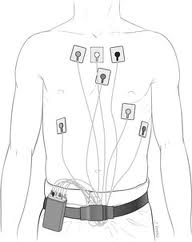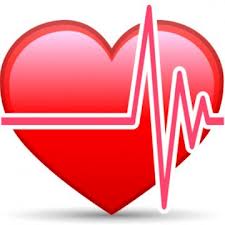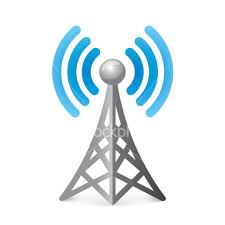Ambulatory Cardiac Monitoring
Ambulatory Cardiac Monitoring (AECG) is monitoring the electrocardiogram (ECG) in the ambulatory setting. Ambulatory cardiac monitoring is used to capture cardiac ryhthmy abnormalities while a patient is in a normal setting. Ambulatory cardiac monitoring is used in cases when a standard 12 lead EKG does not provide ample information for clinicians to correlate patient symptoms with abnormal electrocardiographic data.
There are 3 primary forms of Ambulatory Cardiac Monitoring. These include:
 |
Holter Monitoring (AECG)Holter Monitoring technology is continuous recorded ECG commonly referred to as AECG. Holter Monitoring is most common as a 24 hour recorded study but can sometimes be prescribed for a period of up to 14 days. Click for Holter Monitoring companies and Holter monitor devices.
|
|
 |
Cardiac Event MonitoringCardiac event monitoring is long term ECG monitoring. Cardiac event monitoring is generally ordered when a standard 12 lead EKG or a 24 hour Holter monitor is not sufficient to capture transient abnormalities. Click for cardiac event monitoring companies and cardiac event monitor devices.
|
|
 |
Mobile Cardiac Telemetry (MCT) MonitoringMobile cardiac telemetry, or MCT is the newest form of ambulatory cardiac monitoring. MCT is unique because it automatically detects and automatically transmits abnormal ECG activity to a diagnostic laboratory in real time. Mobile cardiac telemetry is growing in popularity as it presents an opportunity to reduce healthcare costs from redundant diagnostic testing. Click for MCT companies and MCT Monitor devices.
|
Related Links:




